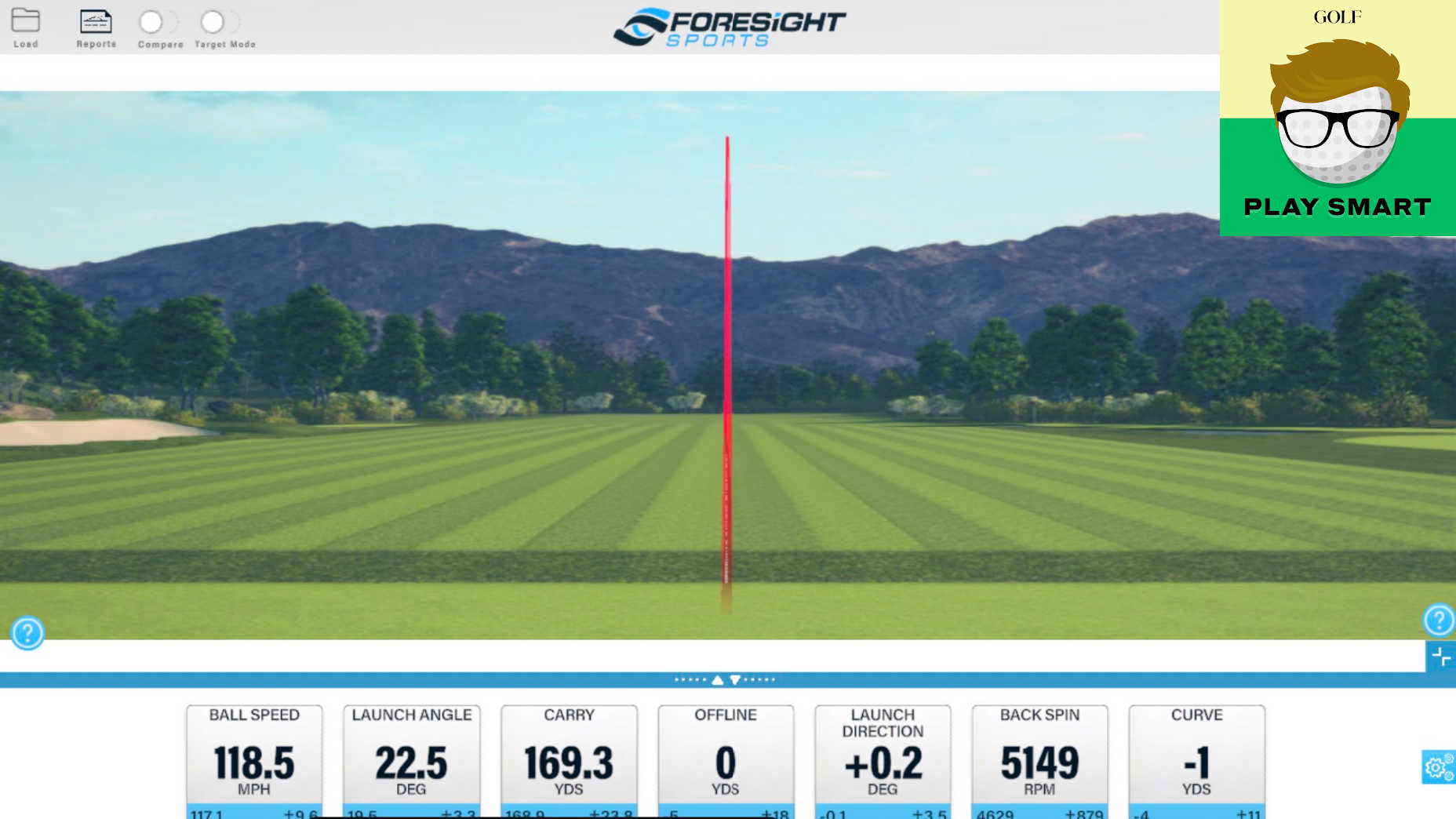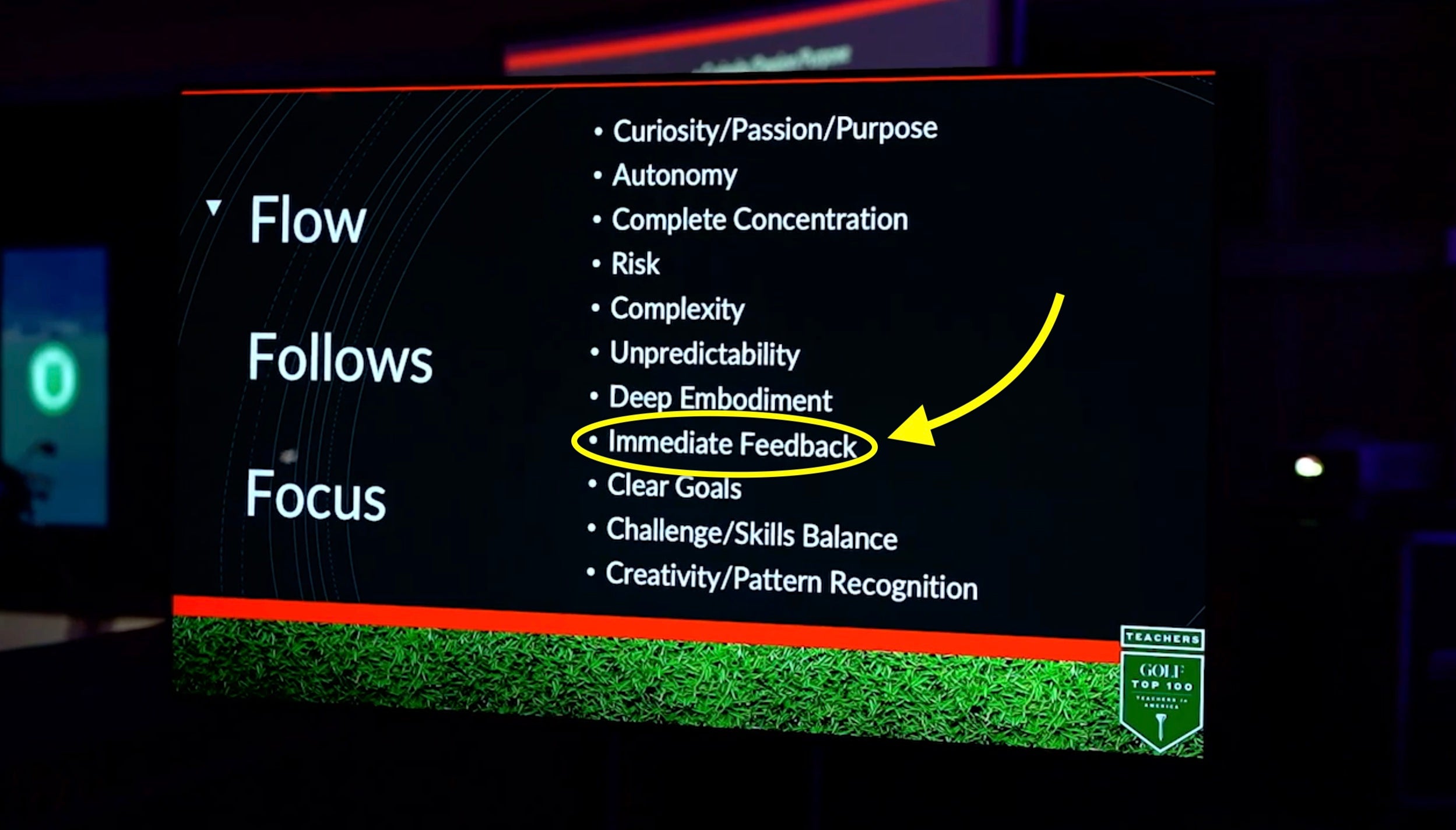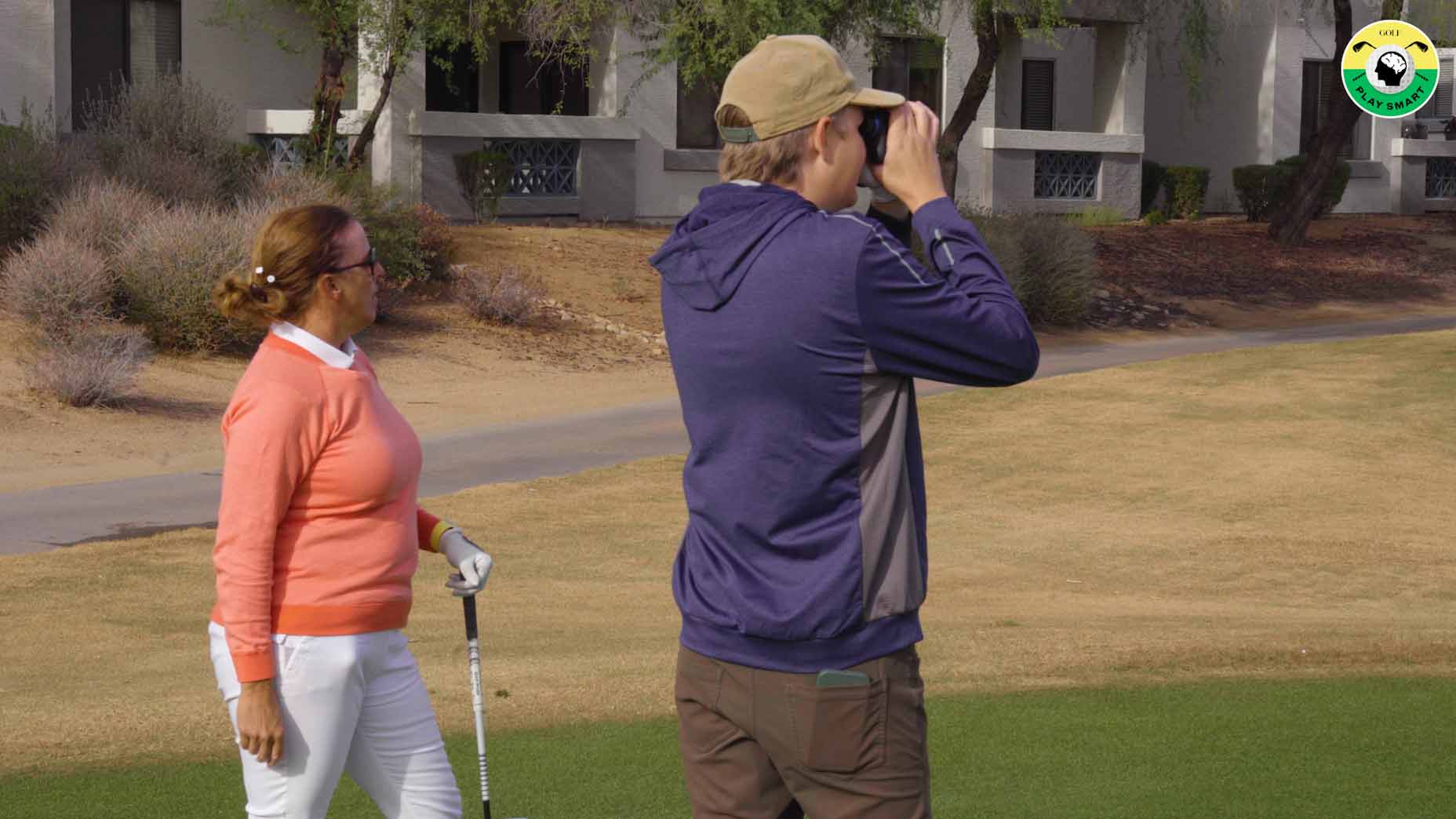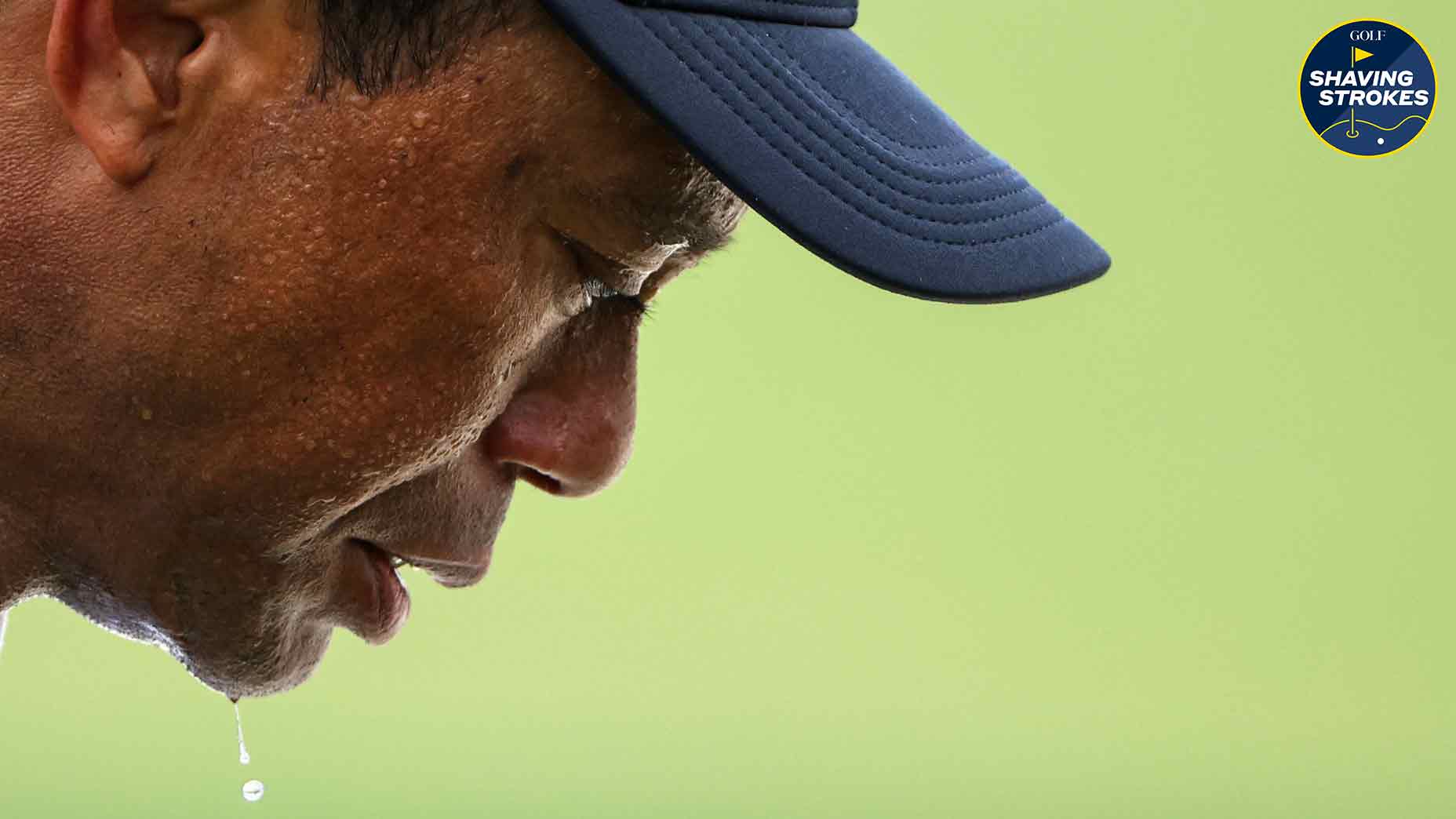Why I’m going to embrace golf swing ‘tinkering’ in 2022

Tinker as much as you want, but if the ball stops flying straight, start tinkering with something else.
Foresight
Welcome to Play Smart, a game-improvement column that drops every Monday, Wednesday and Friday from Game Improvement Editor Luke Kerr-Dineen to help raise your golf IQ and play smarter, better golf.
When it comes to golf, I’m a classic tinkerer. When something gets off in my game, my first instinct is to change it. When things are working well, it’s hard for me to leave it alone. I want to know why it’s working, and I want to make it ever better. It’s hard for me to chalk off disappointing days as ‘well, that’s golf.’ Bad rounds demand enquiry.
Periodically throughout my life I’ve been told I need to get out of my own way, but that advice never resonates or, frankly, seems to work whenever I’ve tried it. When I’m on the golf course, it feels like I’m flying airplane. It requires constant steering, monitoring, adjusting. There’s no such thing as a pilot getting out of the way when the airplane is in mid-air, unless, of course, you want the airplane to crash.
Recently, at the GOLF Top 100 Teacher’s Summit, Collin Morikawa’s coach Rick Sessinghaus said something that did resonate: That every golfer, no matter how good or bad, has a different “trigger,” he said, something abstract that helps you focus at your best, in golf or life. Scrolling down the list of common triggers, there were a few that I thought could fit, and one that I was certain did: “Immediate feedback.”

Everybody’s different, but for me, realizing how important feedback was for me started making everything make sense. It’s why my best practice sessions involve some kind of ball-tracking device, and why I tend towards video cameras, or using the line on my golf ball to see if my ball is rolling end over end. Getting good feedback, leads to me perfecting; having no feedback leaves me feeling lost and aimlessly searching.
Which is why in 2022, I’m not going to try to suppress my urge to tinker with my game. Instead, I’m going to embrace it, and channel it in a more productive way. Here’s how.
1. Tweak your fundamentals
Left untouched, golfers’ fundamentals tend to move around. When I overlook my own setup, my ball position tends to creep forward, my feet start pointing out to the right, my posture gets sloppy, and my shoulders start pointing left to counteract.
The only way to prevent this from happening is by constantly making small adjustments to my setup to make sure it stays in a good spot.
To help with this, I’ve resolved to use a mirror more when I practice, and two alignment sticks the way you see Ian Poulter using below: One pointing at the ball, and the other down his footline. Those will give me all the feedback I need to, and won’t leave me guessing.
2. How far offline?
When I get to the range, and especially whenever I’m using a launch monitor, I’m going to take extra care to aim at a specific target. I know it sounds like a small thing, but slamming golf balls out into the distance is a really bad habit. If you don’t know exactly where you’re aiming, you have no reference point for what the golf ball is doing. If you know that you’re aiming at a specific spot, and the ball is ending to the right of it, as least you know what’s happening, and you can start tinkering your way back to straight.
Hit my best 7-iron of 2022 on January 3rd.
Only one way to go from here 📉 pic.twitter.com/9rl0KhbnMV
— LKD (@LukeKerrDineen) January 3, 2022
3. The ball never lies and doesn’t care
Positions and moves in the golf swing are important, but the one golden rule in golf remains: The ball flight never lies. If I’m tinkering and the ball isn’t flying straight, that’s a cue to start tinkering with something else. Tinkering for tinkering’s sake isn’t the goal. I’ll tinker as much as I want — as long as the ball goes straight.
4. Line on the ball
Along those, well, lines, I invested in a few of these white-black golf balls, and those are what I’m practicing my putting with. Similar to the full swing, my goal is to simply make sure the ball is rolling end-over-end. If I notice myself pulling putts (my common miss) my goal becomes tinkering with ways of how to keep the face more open.
It all goes back to feedback. If I give myself good feedback, I can channel my instinct to tinker in a productive way. At least in theory.










